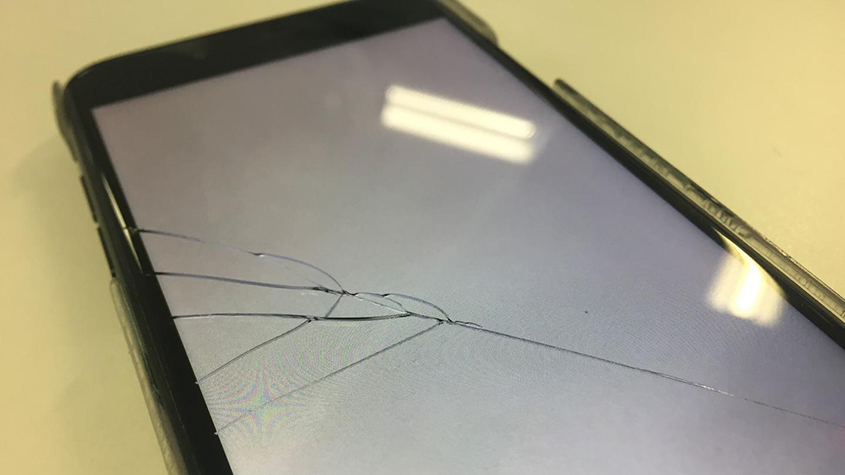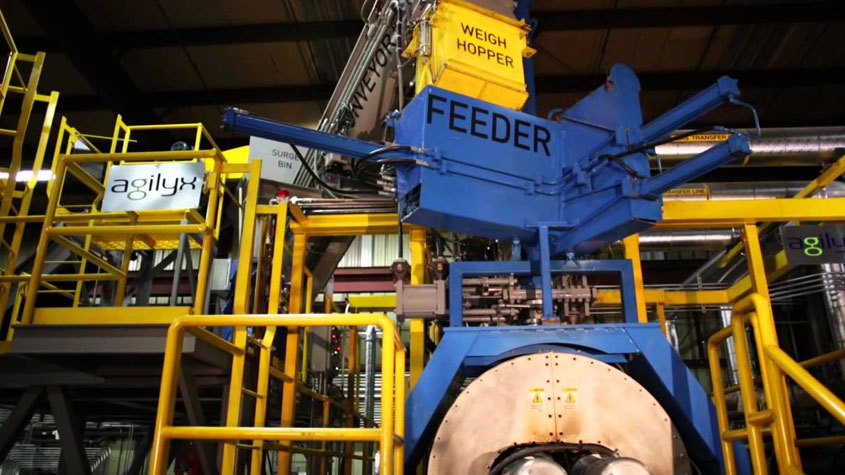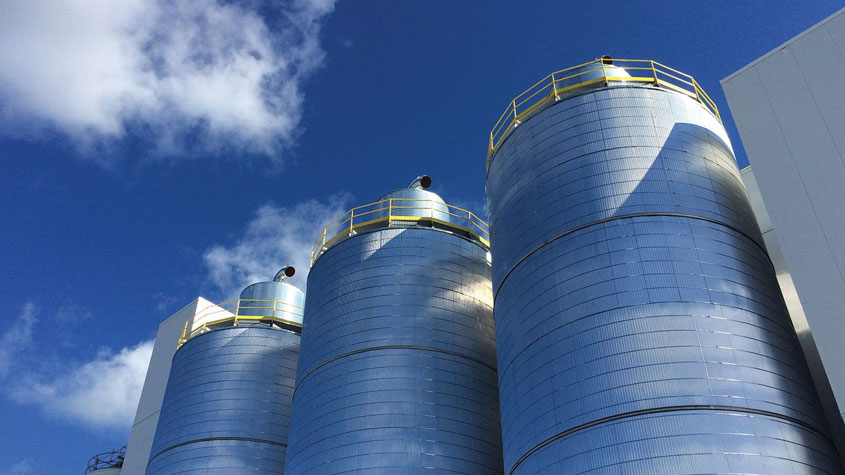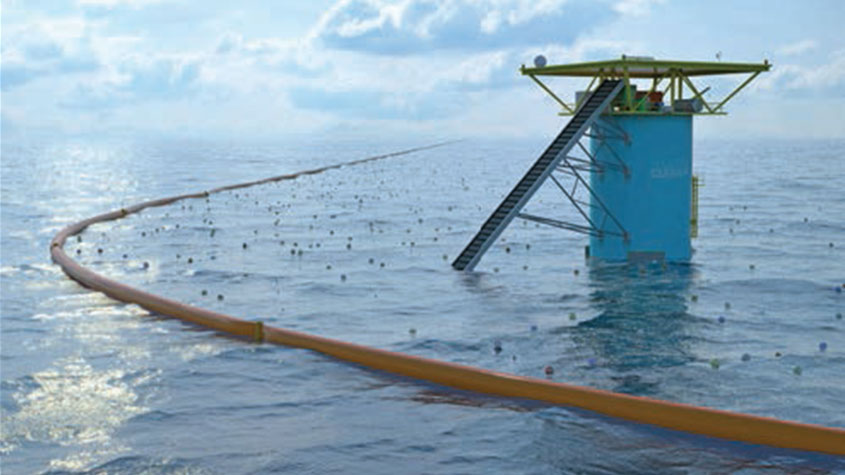UK researchers develop new way to create transparent and strong polythene film

Research led by Professor Ton Peijs of WMG at the University of Warwick and Professor Cees Bastiaansen at Queen Mary University of London, has devised a processing technique, which can create transparent polythene film that can be stronger as aluminium but at a fraction of the weight, and which could be used use in glazing, windscreens, visors and displays in ways that add strength and resilience while reducing weight.
In a new research paper entitled “Glass-like transparent high strength polyethylene films by tuning drawing temperature.” Published online in April 2019 in the Journal Polymer, the authors showed that after carefully selecting the type polythene and by tuning the temperature during the creation of oriented polythene films a balance can be created that produces a highly useful and lightweight transparent material with a significant strength and resilience approaching, and in some ways, exceeding that of metals.
Previously anyone looking to replace heavy and often brittle glasses with a transparent plastic have looked at conventional transparent plastics like polycarbonate (PC) and poly(methylmethacrylate) (PMMA) both of which possess relatively unsatisfactory mechanical performance compared to an engineering material like aluminium.
Current methods of creating high strength plastic films such as hot-drawing of high-density polyethylene (HDPE) can lead to materials that can compete or even out-perform traditional engineering materials like metals.
However, drawn polythene materials normally have an opaque appearance due to defects and voids introduced by the drawing process, limiting applications where both mechanical properties and optical transparency are required.
Some success has recently been achieved by using highly specific additives in hot-drawn HDPE materials that can then produce 90% transparency while giving high strength. Now, the research team led by Professors Peijs and Bastiaansen has developed a new post-manufacturing technique for HDPE that endows strength and resilience while preserving transparency without using additives.
The researchers took HDPE polythene sheets and drew out these sheets at a range of temperatures below the melting temperature of HDPE. By tuning the drawing temperature they could achieve a transparency of 90% in the visible range. However, the best balance between strength and transparency was achieved at drawing temperatures between 90 and 110 degrees centigrade.
Professor Ton Peijs of WMG at the University of Warwick said: “We expect greater polymer chain mobility at these high drawing temperatures to be responsible for creating fewer defects in the drawn films, resulting in less light scattering by defects and therefore a higher clarity.”
The highly transparent films possess a maximum resilience or Young’s Modulus of 27 GPa and a maximum tensile strength of 800 MPa along the drawing direction, both of which are more than 10 times higher than those of PC and PMMA plastics. In addition, polythene has a density of less than 1000 kg/m3 while aluminium has a density of around 2700 kg/m3, meaning that on weight basis these high strength transparent polymer films can outperform such metals.
Teknor Apex Announces NEW Monprene® TPEs
Teknor Apex Announces NEW Monprene® TPEs with 60% Post-Consumer Recycled Content, Reducing…





